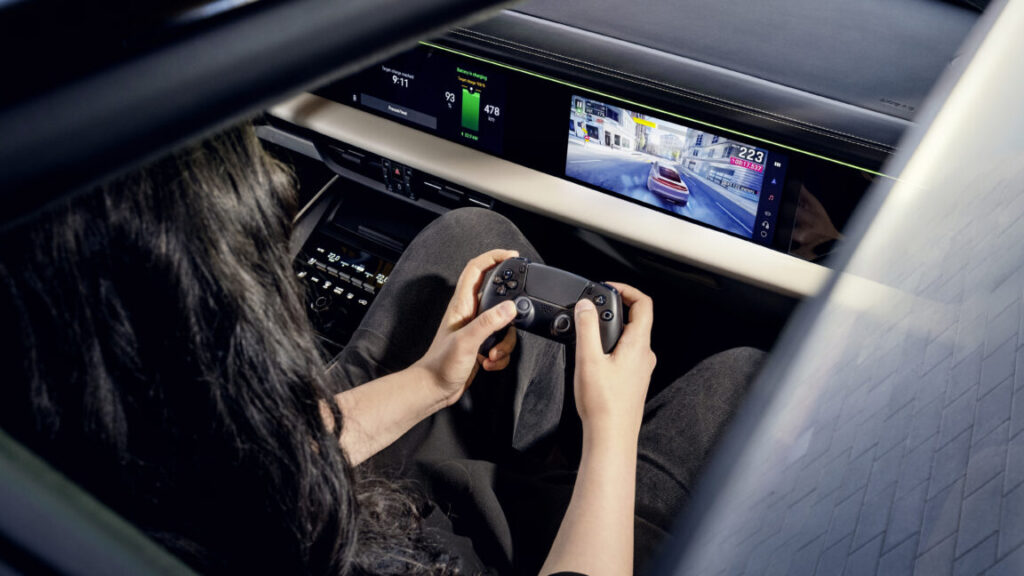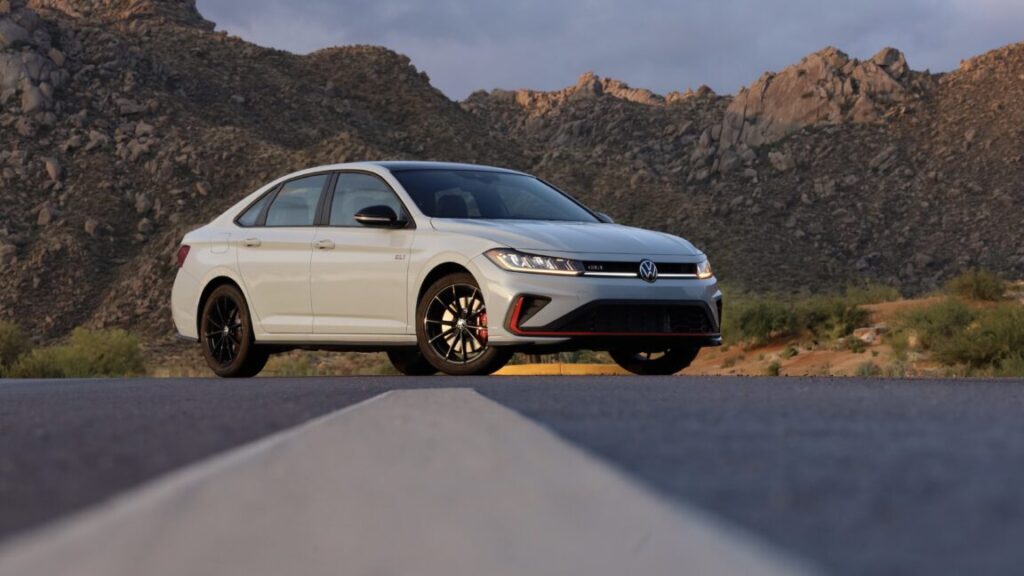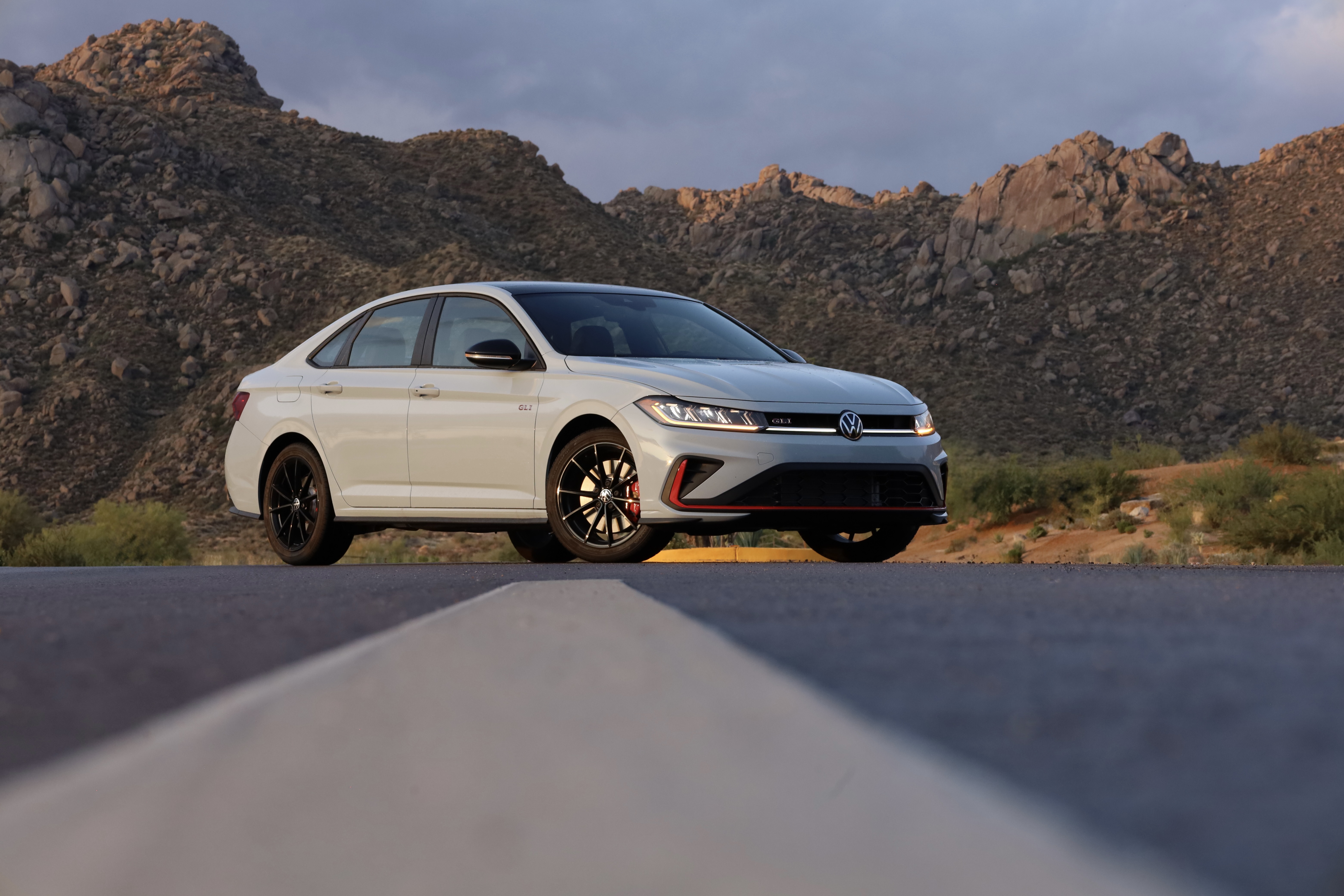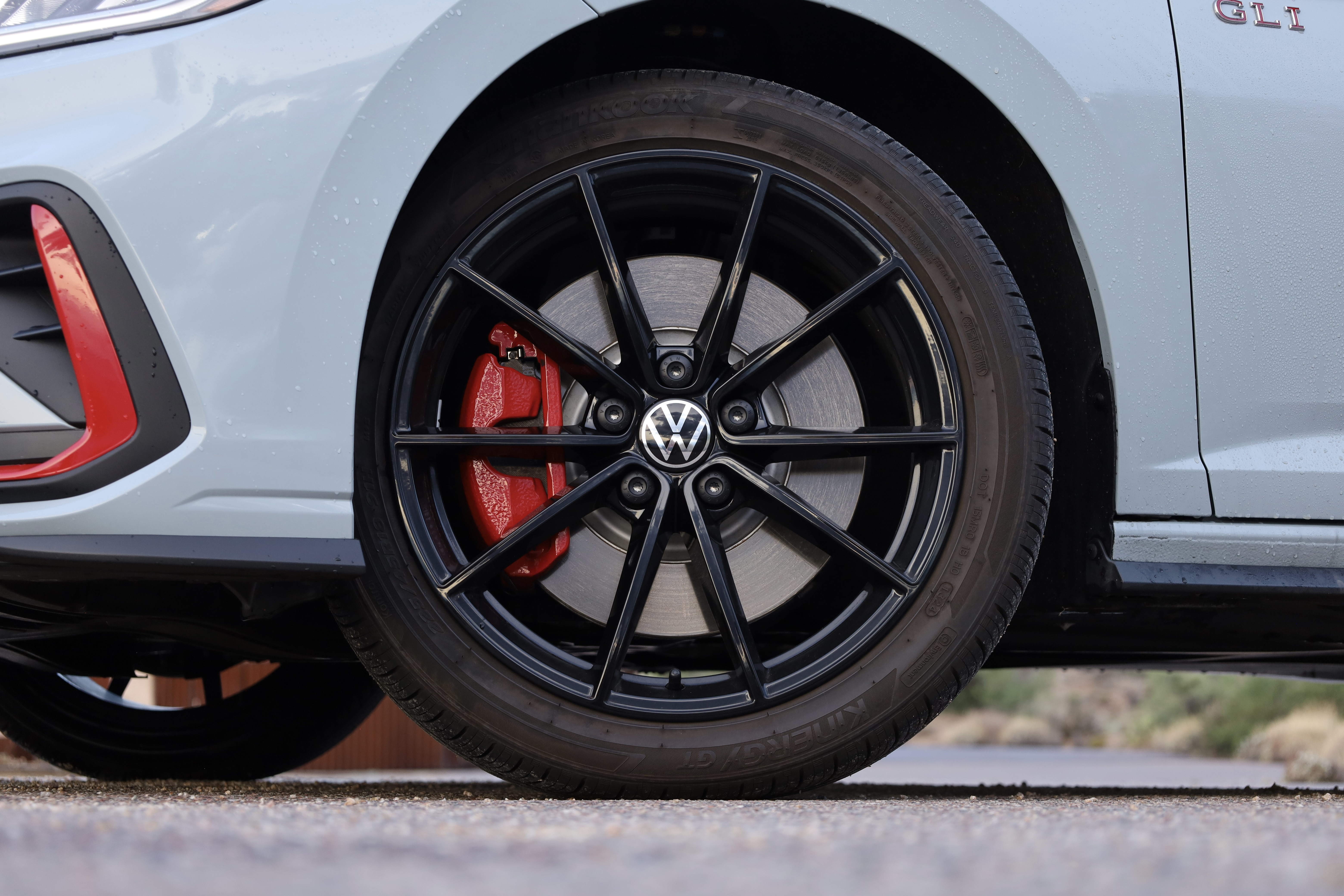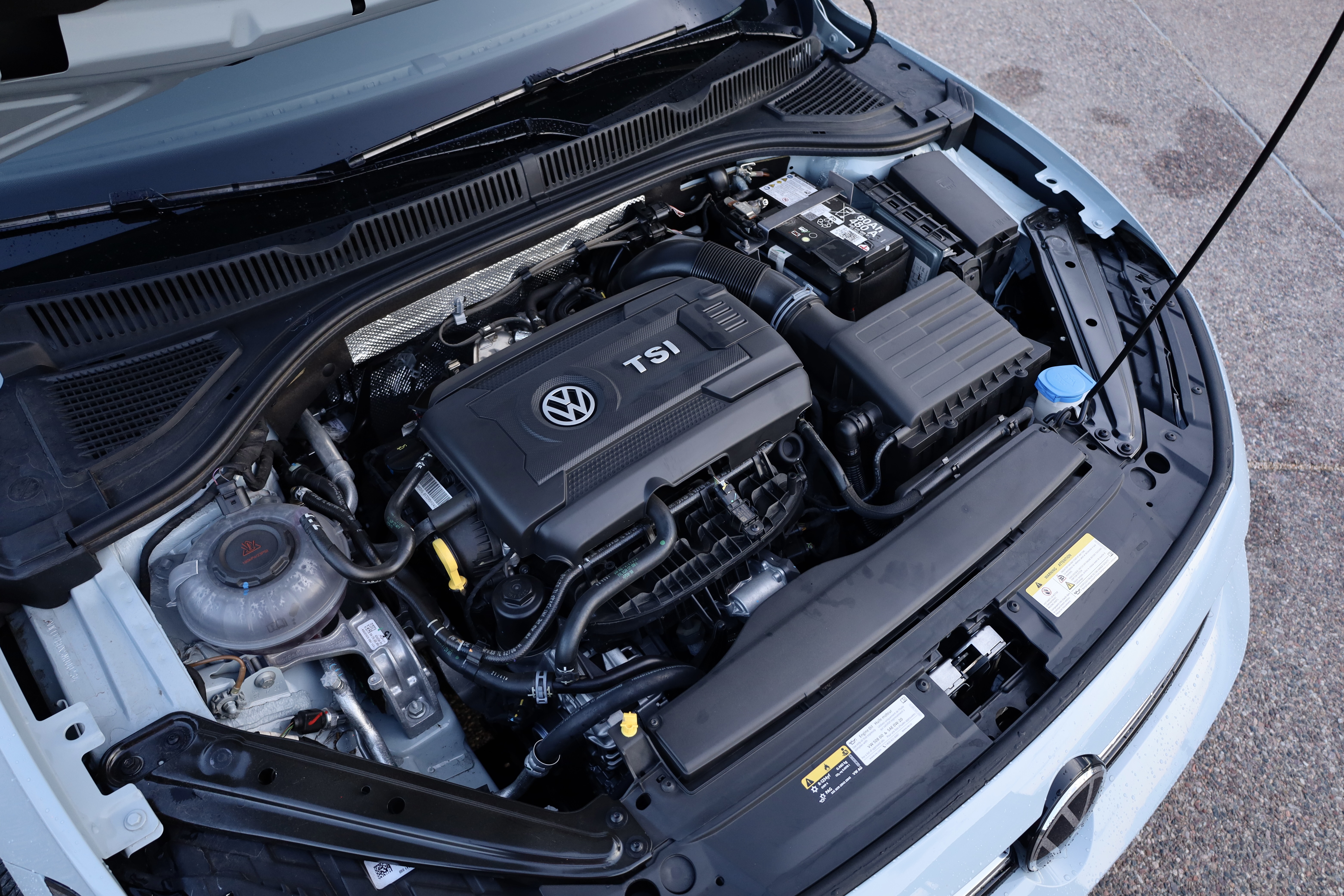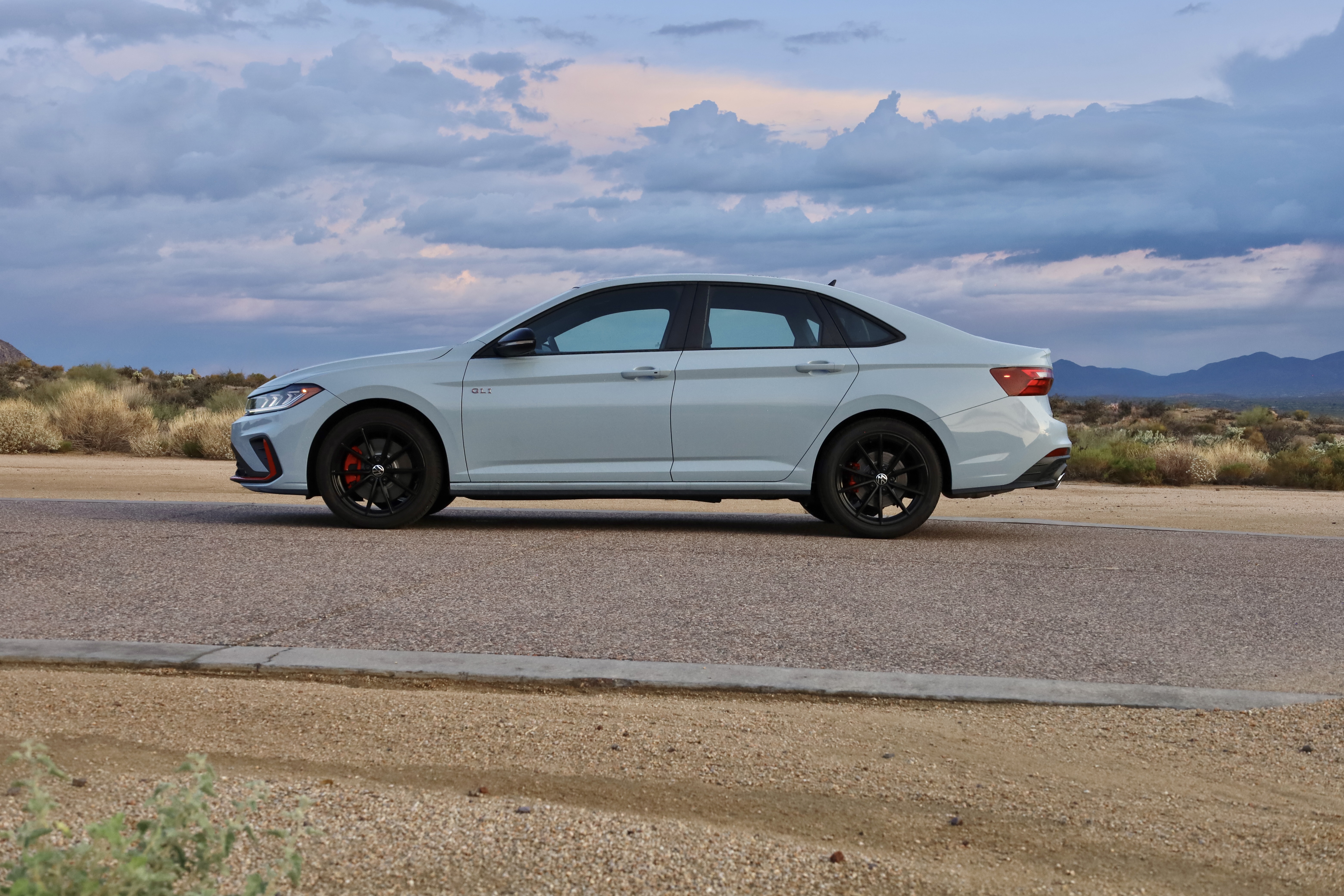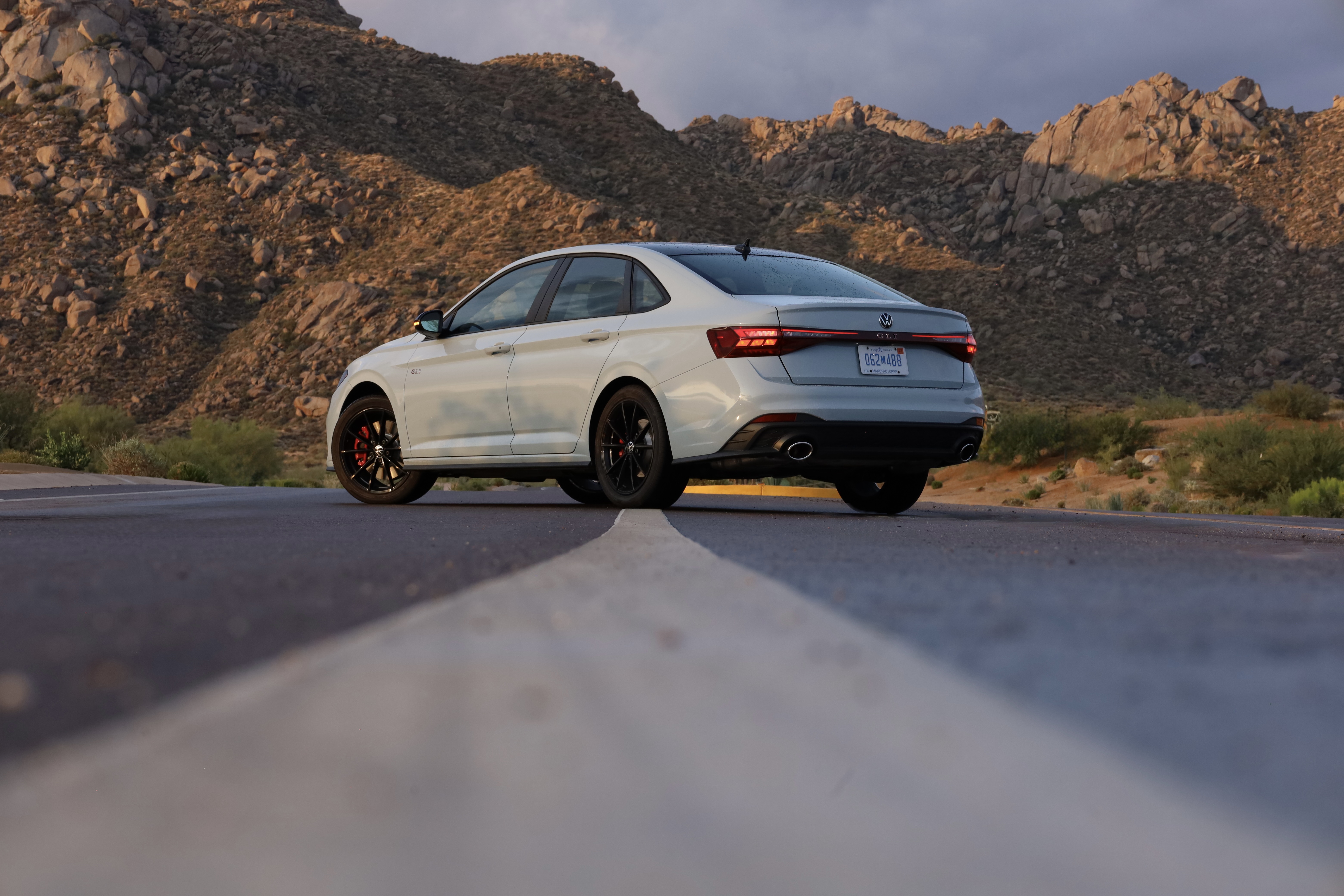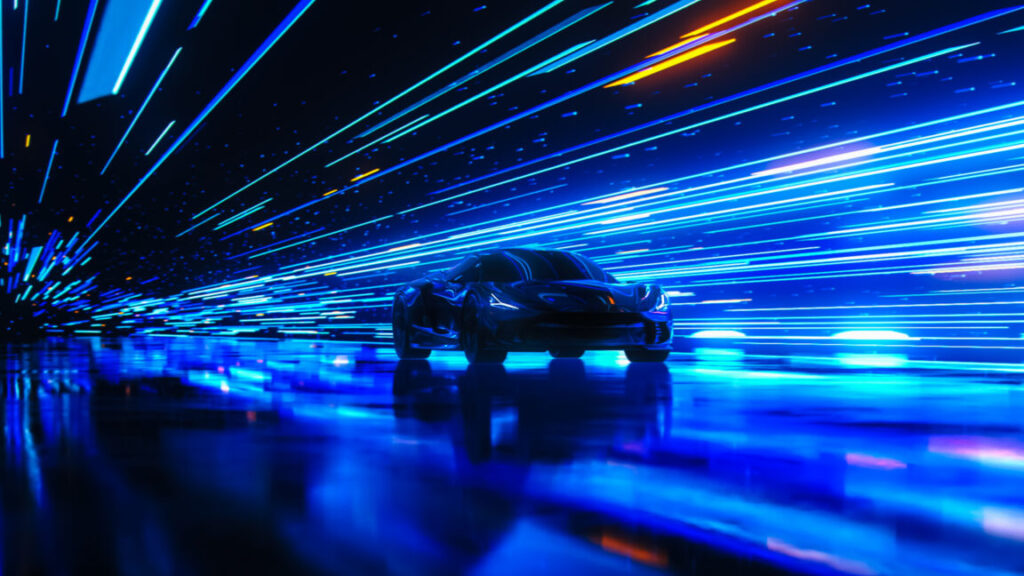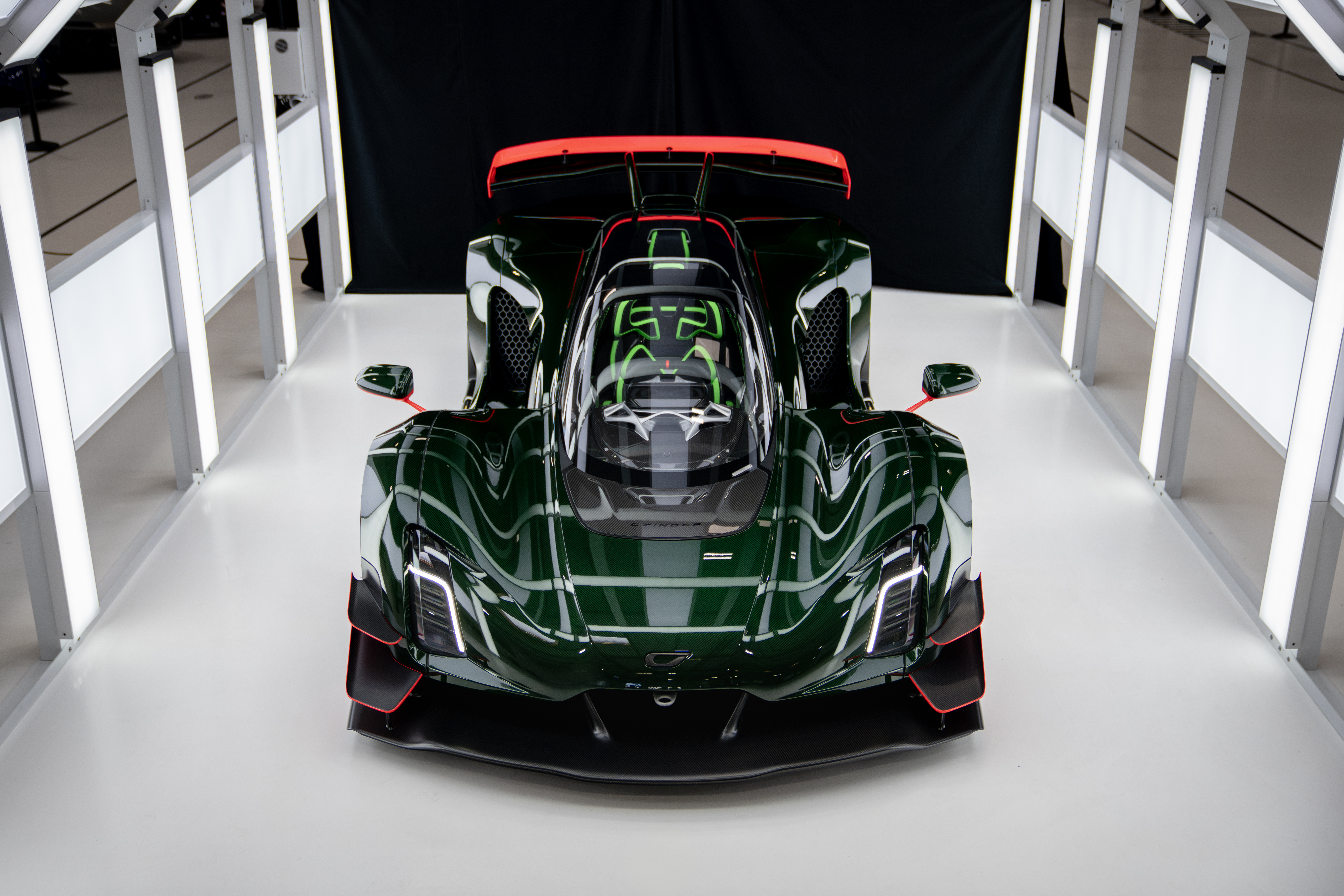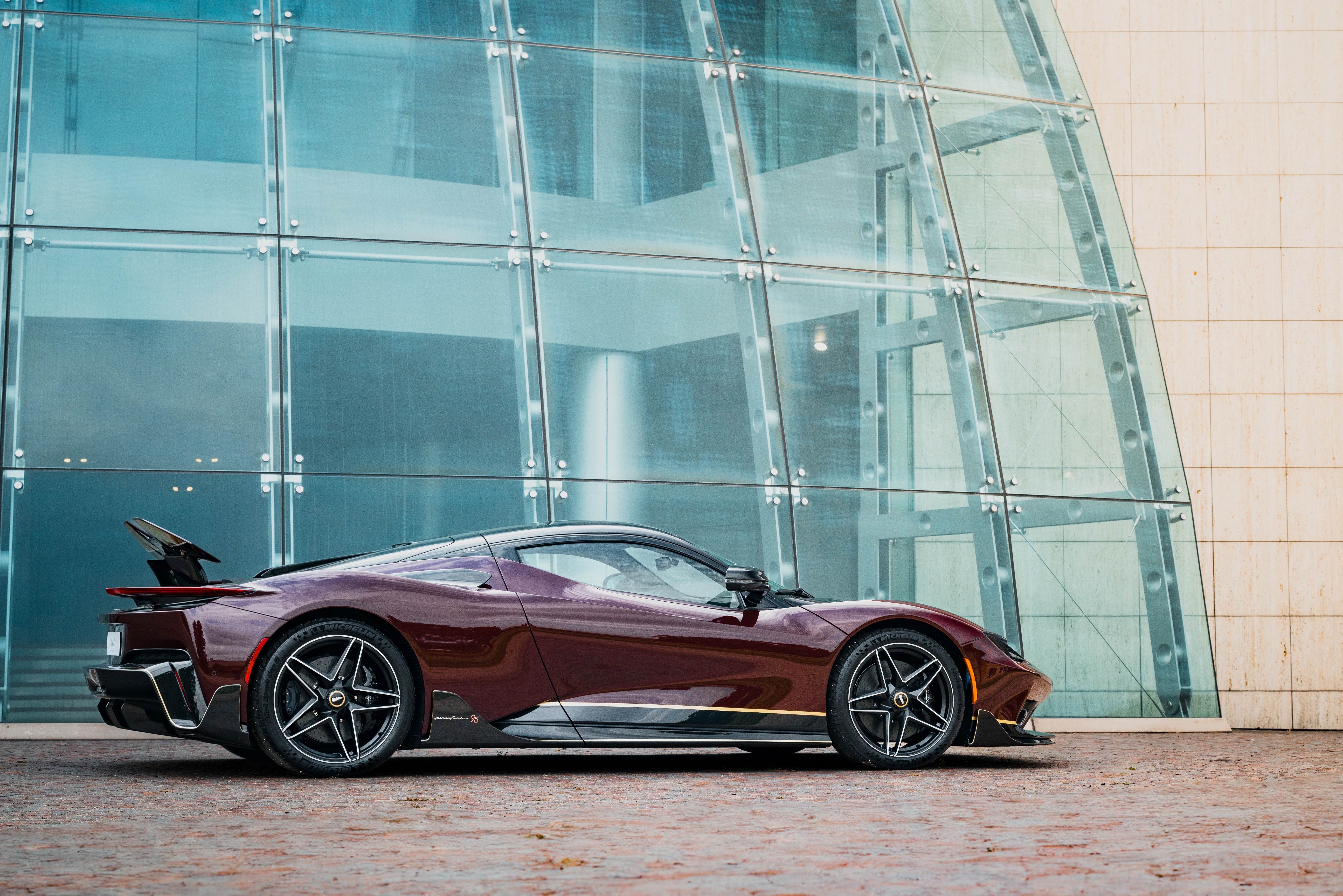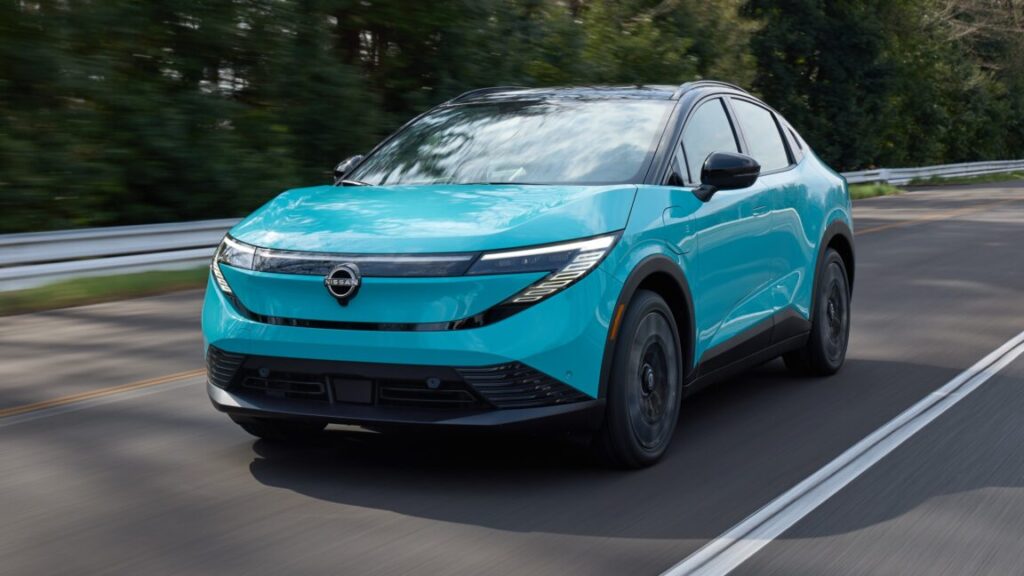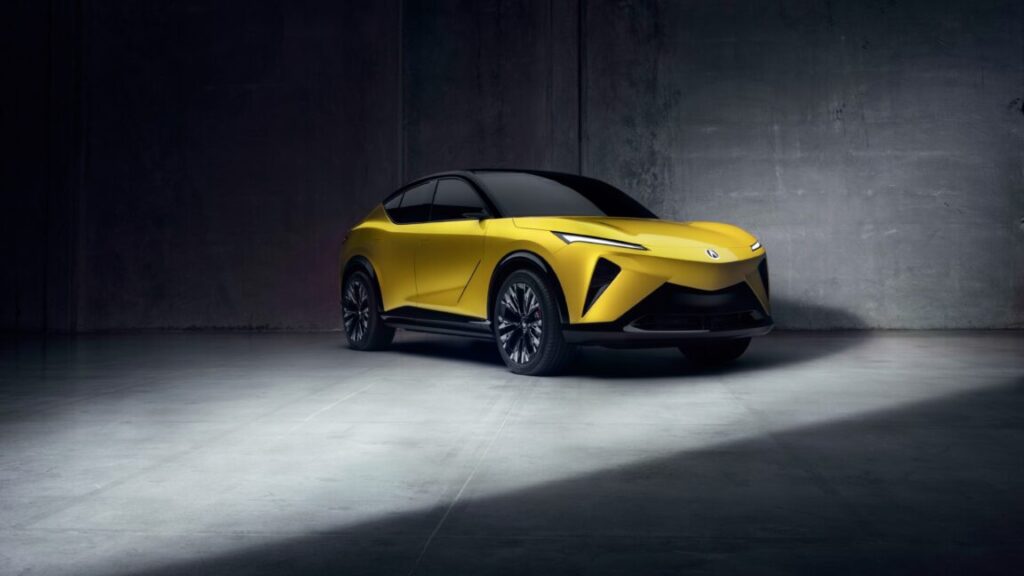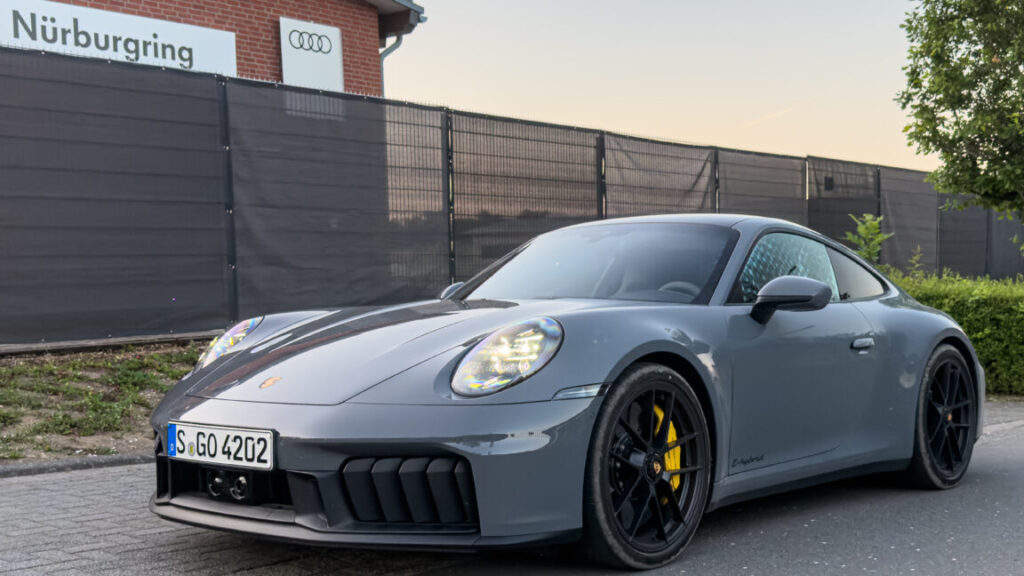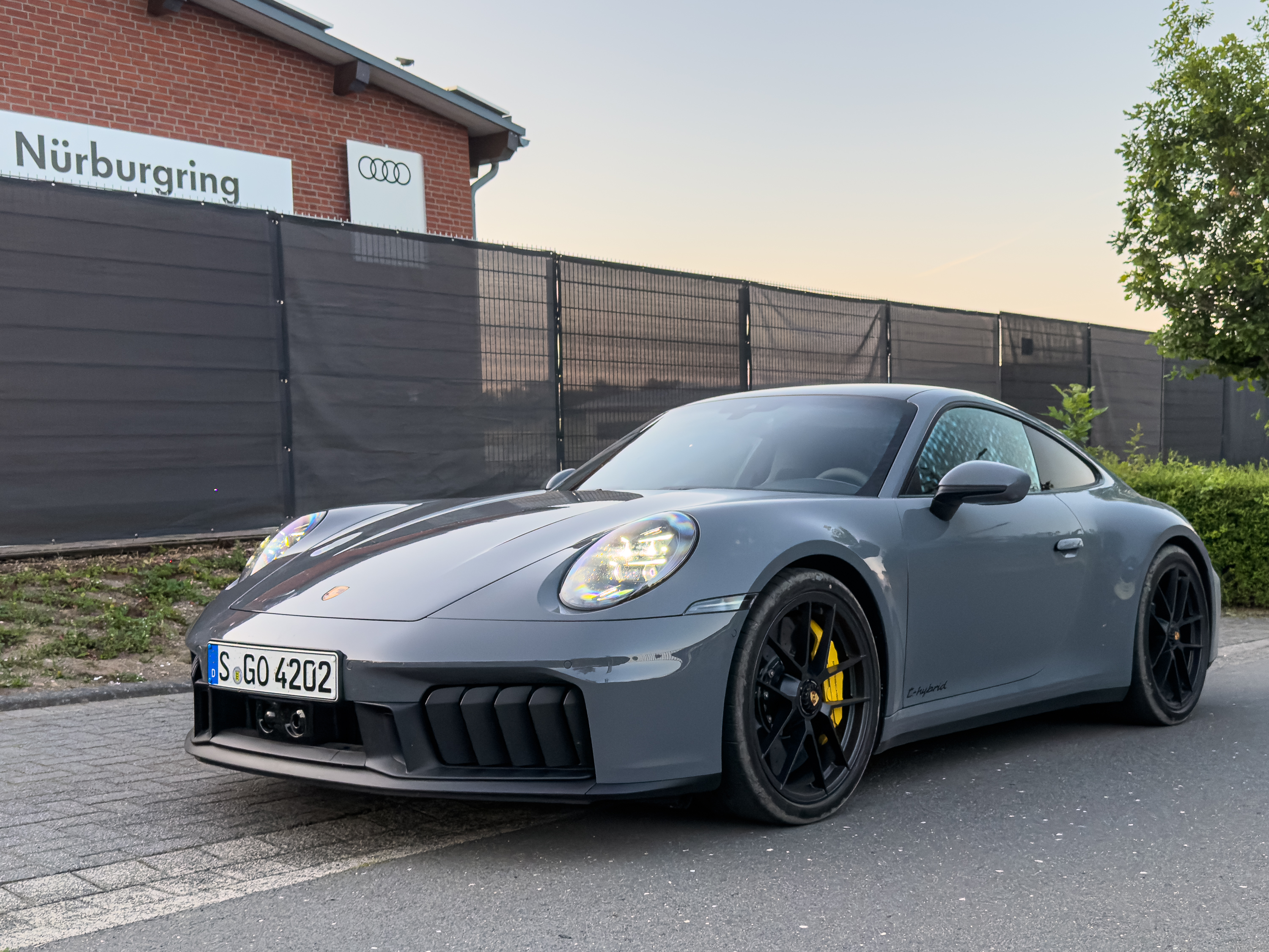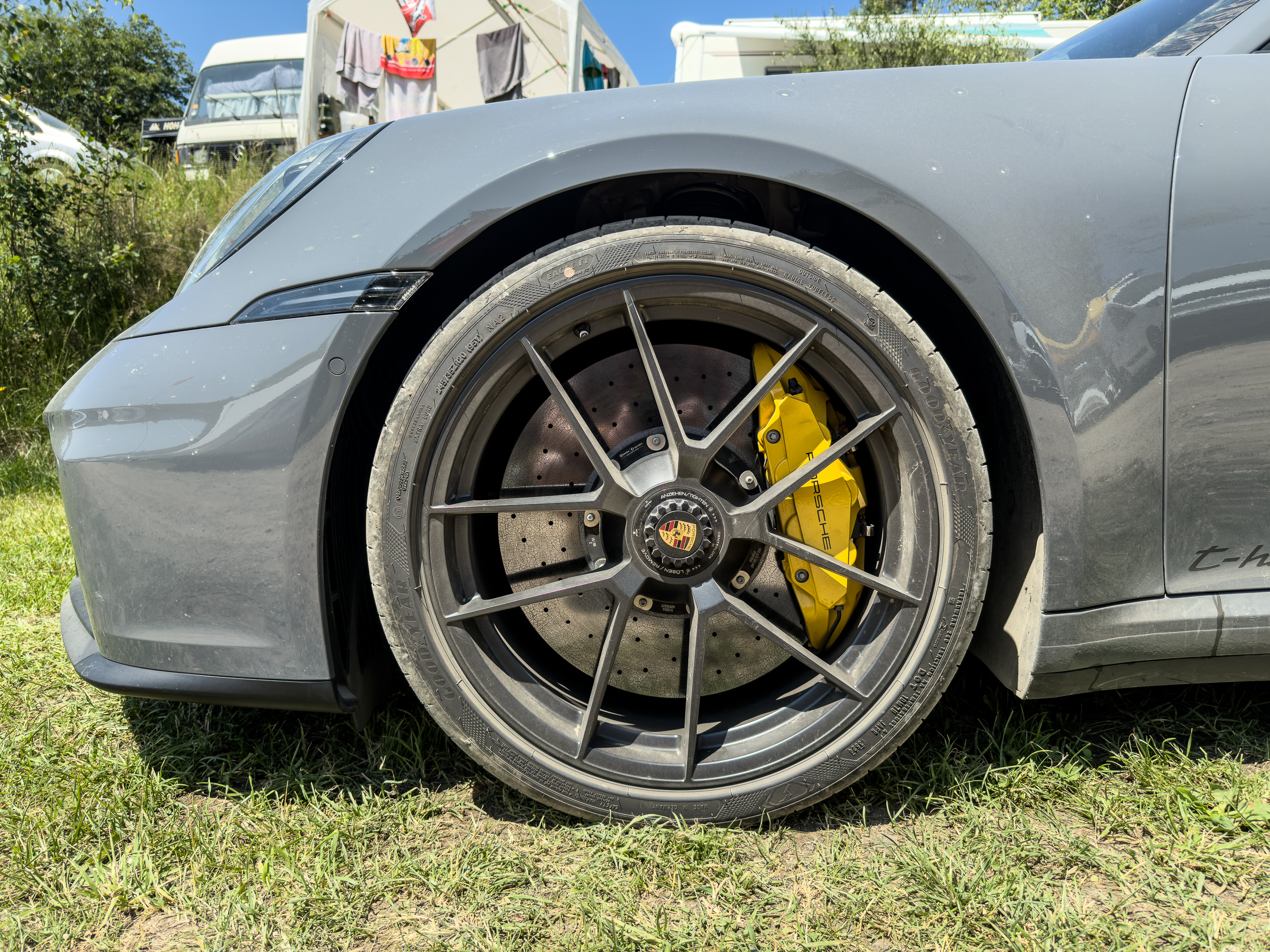Porsche’s next Cayenne is fully electric—we drove the prototype
The original Cayenne saved Porsche. How will the fourth-generation model do? Porsche
But I spent much of my time behind the wheel at more moderate velocities, winding around the narrow, blind roads that work their way around the Catalan region of Spain. Porsche hasn’t yet quoted a curb weight for any of the Cayenne Electric flavors, but however far it tips the scales, it still feels light and nimble. Steering is firm but sharp with decent feedback, and this big SUV dives into and screams out of corners with perfect poise.
It was only really over big, unsettling movements, speed bumps and the like, that I could feel how much mass was beneath me in the Cayenne Electric. When summiting asphalt imperfections like that, the curious shape of that central OLED really shone.
That display is bent at roughly a 45-degree angle, a profile that allows it to perfectly conform to both the angle of the dashboard and that of the center console. Porsche placed a padded wrist rest right beneath that and then designed the user interface to position the most important controls along the lower portion of the display, the part that’s in line with your hand.
The result is you can rest your wrist there comfortably, queue up your favorite playlist, and crank the ventilated seats, all without making any accidental taps on bumpy roads. And despite this car not entering production until next year, that software was snappy and responsive. It didn’t lock up on me once during a full day behind the wheel.
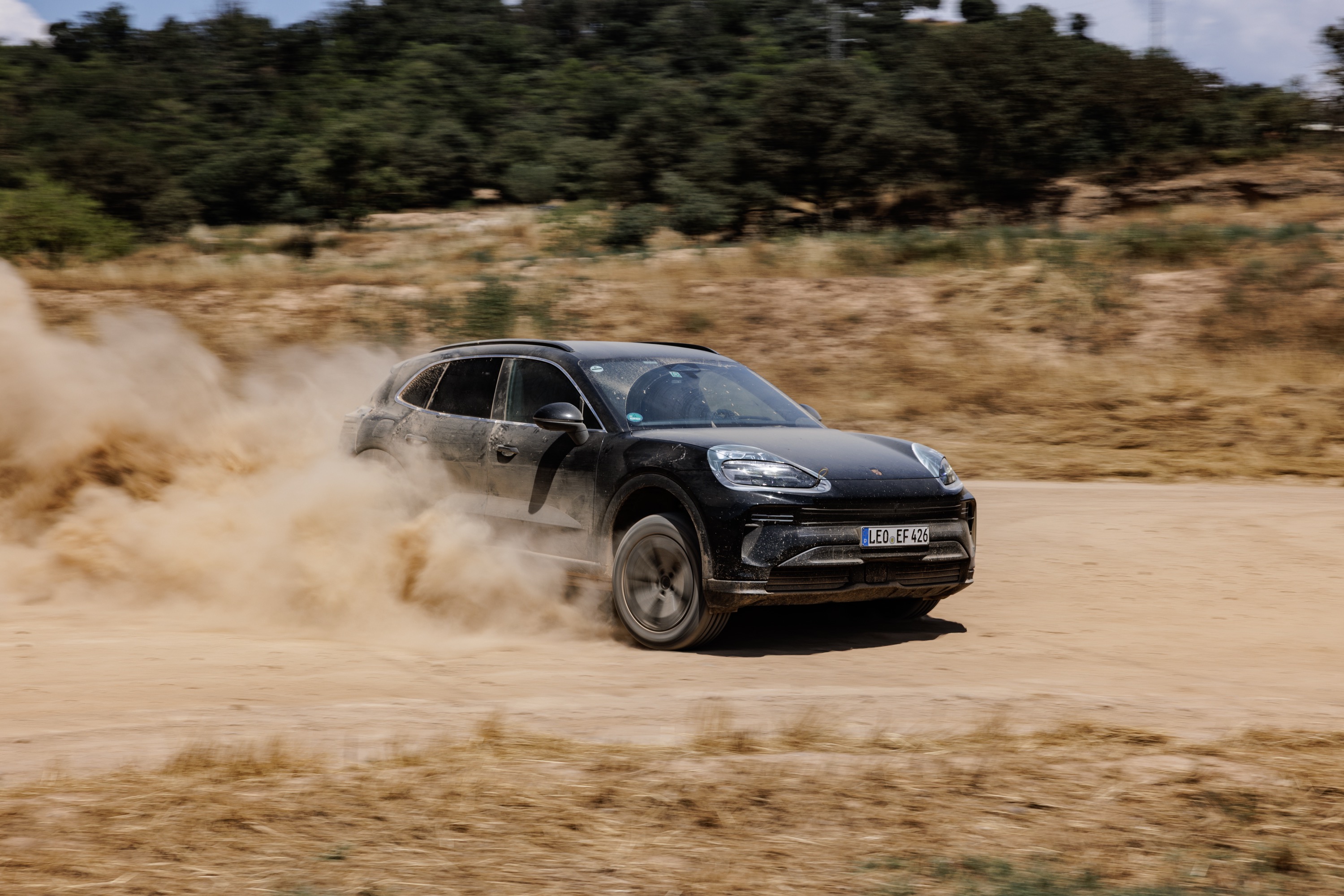
You’ll need a low-grip surface if you want to go sliding around. Credit: Porsche
Yes, next year is a long time to wait for the Cayenne Electric to enter production. It’s hard to know what the American EV scene will look like in three months, never mind 12, but for now, at least, Porsche’s next SUV is shaping up extremely well. When it does hit the market, it will sit in dealerships alongside the existing Cayenne, which will continue to be available. Choice is good, and if you’re in the market but not in a hurry, I’d suggest waiting for this. If the price is right, it will be a clear-cut winner.
Porsche’s next Cayenne is fully electric—we drove the prototype Read More »



